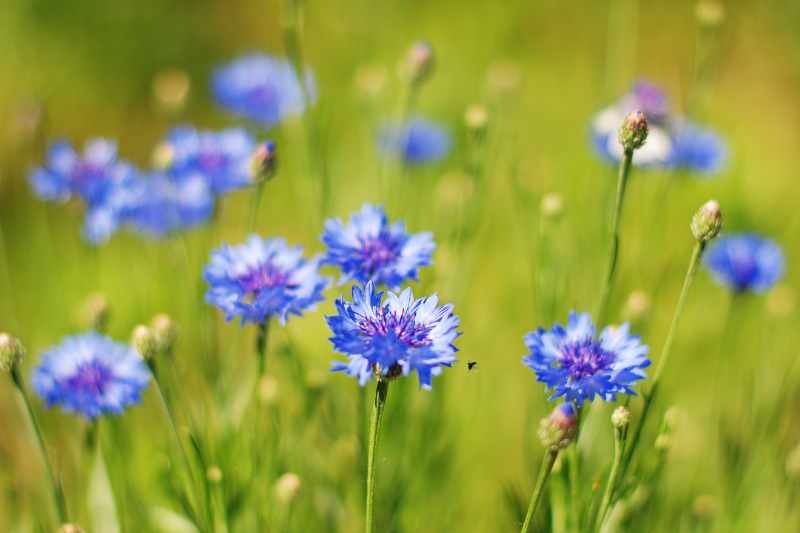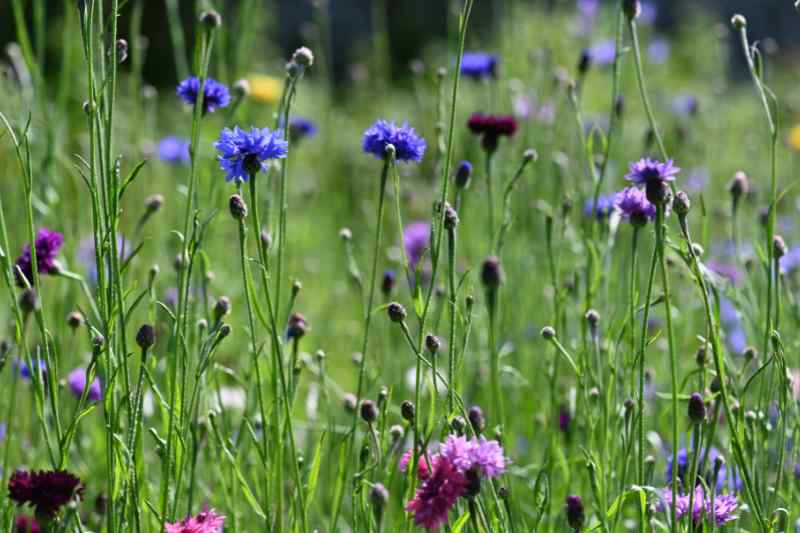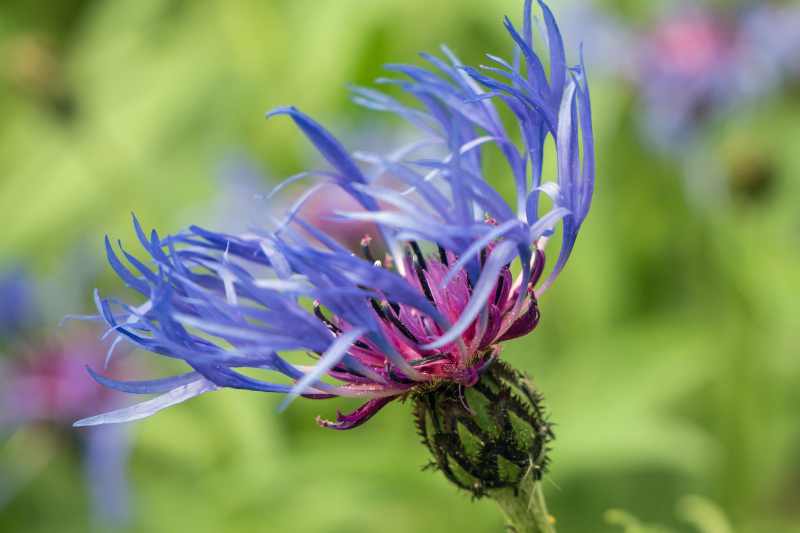Cornflower , also known as field cornflower or Centaurea cyanus is an annual or biennial plant prized for its intensely blue flowers that bring a touch of colour and delicacy to gardens and borders. It self-seeds and attracts bees and butterflies. With generous flowering and easy care, sowing cornflower seeds is an ideal activity for novice and experienced gardeners alike. In this tutorial, we will guide you step by step through sowing cornflower so you can enjoy this magnificent plant throughout the season.

When to sow cornflower seeds?
Ideal period for sowing cornflower seeds varies according to region and climate. As a rule, cornflower seeds are sown between March and May for flowering from June to September. In regions with mild winters, it is also possible to sow cornflower seeds in situ in September for an early flowering the following spring.
Choosing the right location
Field cornflowers prefer well-drained soils and sunny positions. Choose a spot where soil is light and permeable and where plants will receive at least 6 hours of sun a day. If soil is heavy and clayey, improve drainage by adding sand and well-rotted compost. Cornflowers are ideal for dressing an area left wild in the garden, such as a rewilded garden or a meadow.

Preparing the soil
Before sowing cornflower seeds, prepare soil thoroughly. Start by weeding the chosen area, then fork over and turn soil to about 20 cm deep. Remove stones and plant debris, then refine surface with a rake. Finally, lightly firm soil with the back of the rake to obtain a flat, even surface.
Sowing cornflower seeds
Scatter cornflower seeds by broadcasting them over the prepared surface once the last frosts have passed, taking care to distribute them evenly so seedlings do not grow too close together. If desired, mix seeds with sand to aid distribution. Then cover seeds with a thin layer of potting compost and gently press down with the back of the rake to ensure good contact between seeds and soil.
A nursery sowing can also be done slightly earlier, in March. If you have sown in pots, seedlings should then be transplanted into the open ground, spacing them about 30 cm apart, around May.

Watering and care
Water with a fine spray using a rose attachment or a fine jet immediately after sowing to moisten soil without displacing seeds. Afterwards, keep soil slightly moist until seeds germinate, which usually occurs within 10 to 15 days. Once seedlings are well established, space out watering to avoid excess moisture, which could encourage disease.
Care and maintenance
Field cornflowers require little maintenance once established. However, regularly check for weeds and remove them to avoid competition for nutrients and water. An organic mulch, such as compost or wood chips, can help limit growth of adventive plants and retain soil moisture. Harvest of cornflower seeds takes place in late summer, from flowers that have dried.
Harvesting the flowers
To make the most of your cornflower sowing, pick flowers regularly to make bouquets, fresh or dried, or use flower heads in cooking, in desserts or to flavour black tea, and why not in a floral water. Harvesting will encourage production of new flowers and prolong flowering. But also leave many flowers in place to ensure natural spontaneous sowing!
Also discover our tutorial: How to dry Centaurea flowers? and an original recipe pairing rhubarb jam with cornflower petals!
































Comments